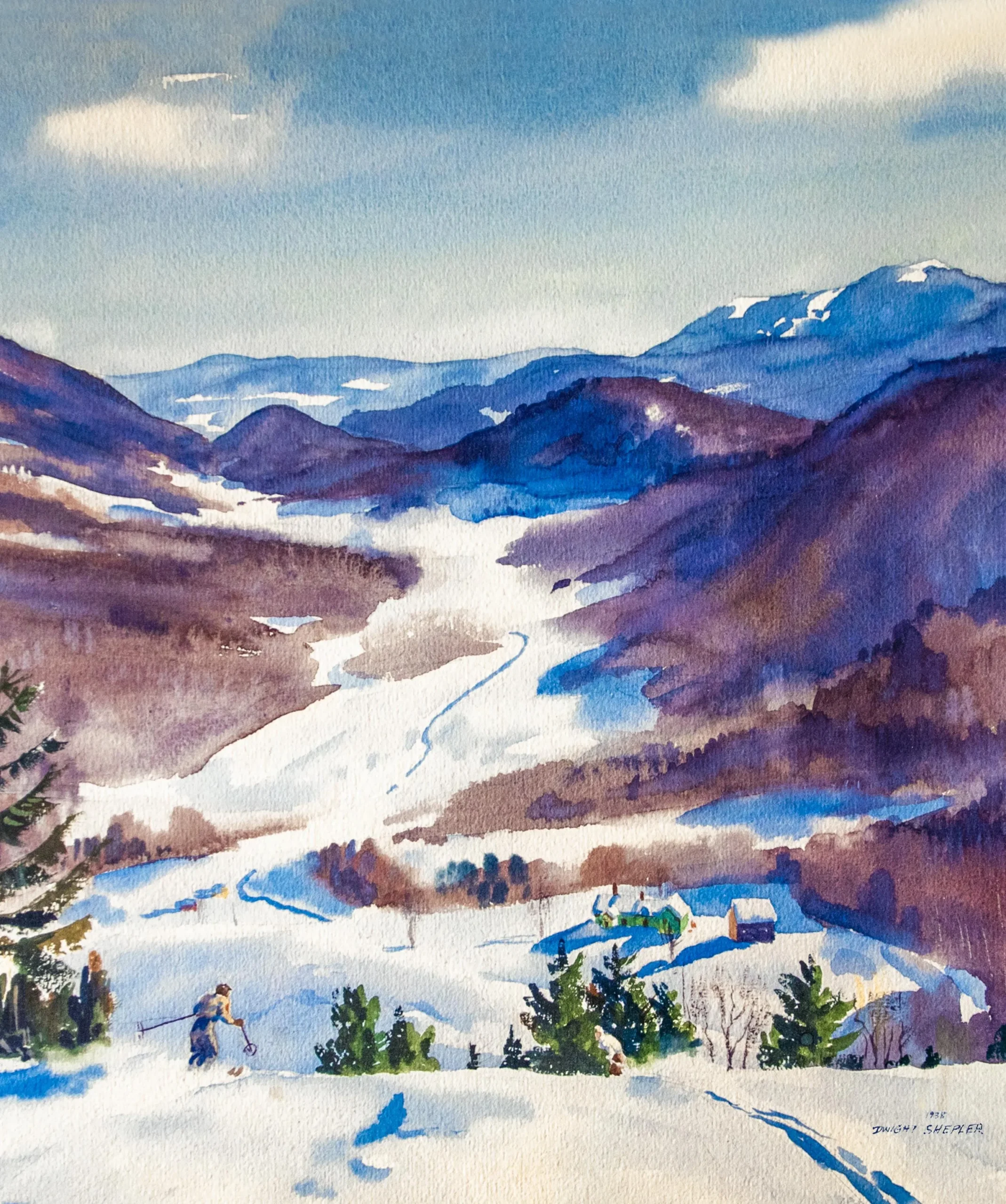Nature’s Icy Masterpiece: Snowfall at Mount Washington
This past week, the iconic Mount Washington Observatory reported a stunning transformation of its frosty landscape, highlighted by over 4 inches of fresh snow brought in by a powerful nor’easter. The region has long been recognized for its unpredictable weather patterns, but the recent snowstorm provided an extraordinary spectacle that left meteorologists and nature enthusiasts alike in awe.
Rime Ice: A Unique Glacial Formation
One of the most captivating features that emerged from this winter storm is the formation of rime ice. This specific type of ice forms when supercooled water droplets freeze on contact with surfaces, typically exposed mountaintops. At Mount Washington, rime ice clings to trees, rocks, and lookout towers, creating enchanting sculptures that sparkle under the sunlight.
Visitors to the summit have reported that the rime ice creates a scene that feels almost otherworldly, with icy tendrils extending from branches and transforming the landscape into a shimmering winter wonderland.
The Impact of the Nor’easter
The nor’easter that swept through the region was no ordinary storm. As it made its way up the East Coast, it delivered not just snow but also high winds and frigid temperatures. According to Mount Washington Observatory’s recordings, the storm resulted in a more than 4 inches of fresh snow accumulation atop the summit, enhancing the already gorgeous winter vistas.
This snowfall didn’t just come as a welcome sight for those looking to enjoy outdoor winter activities; it also arrived as an essential coating for the delicate ecosystem found on and around the mountain. The snowpack is critical for local biodiversity, providing insulation for plants and animals not just during winter but during the gradual thaw into spring.
A Historical Perspective on Mount Washington Weather
Mount Washington is renowned for its severe and rapidly changing weather conditions. It is home to some of the highest wind speeds recorded on earth, making it a focal point of meteorological research and study. The Mount Washington Observatory, established in 1932, serves as both a weather station and an educational center, where visitors can learn about the effects of extreme weather on the mountain and the surrounding regions.
Within this context, the recent snowfall represents a larger pattern of winter weather that researchers have been monitoring and studying meticulously. As climate change continues to evolve, the observatory has become essential for collecting crucial long-term weather data that can help inform models around climate and weather prediction.
Visitor Experience: Exploring the Winter Wonderland
For those adventurous enough to make the trek to the summit during these snowy conditions, the rewards are plentiful. The observatory offers various winter activities, from snowshoeing and cross-country skiing to guided tours of the summit. One of the most popular attractions remains the breathtaking panoramic views from the summit, which are particularly stunning when the snow blankets the landscape.
However, safety always comes first at Mount Washington, especially during winter. Officials remind visitors to prepare adequately for the harsh conditions and to stay within their limits. The park offers updated weather conditions and advisories, urging everyone to respect the mountain and its unpredictable nature.
The Natural Benefits of Winter Snowfall
While the snowfall was a visual delight, its impact on the environment is profound. Snow acts as an insulating layer for various grasses and plants, protecting them from the extreme cold. As snow melts during spring, it feeds into the local waterways, providing essential hydration to ecosystems that rely on seasonal water flows.
Moreover, snow acts as a natural water reservoir, capturing moisture from rainfall and releasing it slowly throughout warmer months. This steady supply is vital for sustaining the rich biodiversity that can be found in the area, from the variety of bird species to the thriving undergrowth of alpine plants.
Preserving the Beauty of Mount Washington
As the climate warms, the threat to these winter landscapes intensifies, prompting conservationists to urge greater action toward environmental sustainability. Efforts to mitigate climate change require understanding how shifting weather patterns might affect regions like Mount Washington, particularly when it comes to snowfall and winter experiences.
The Mount Washington Observatory plays a critical role in these efforts, with ongoing research aimed at understanding how alpine environments are responding to climate variability. They also work actively to promote educational programs that focus on weather phenomena and the importance of environmental stewardship.
Conclusion: An Ever-Changing Winter Wonderland
As the impact of winter storms and climate shifts continues to evolve, the majestic views of snow-dusted trees and rime-coated summit at Mount Washington serve as a reminder of nature’s beauty and unpredictability. With each snowfall, we are reminded of the mountain’s capacity for both awe and challenge, intertwining appreciation for the wild with the respect needed to protect it.
In the days and weeks to come, as more snow may fall and rime ice continues to form, the observatory will remain a beacon for those looking to witness this breathtaking spectacle of winter in the heart of New England.







